Home>Ideas and Tips>The Alchemy Of Rust Restoration Techniques
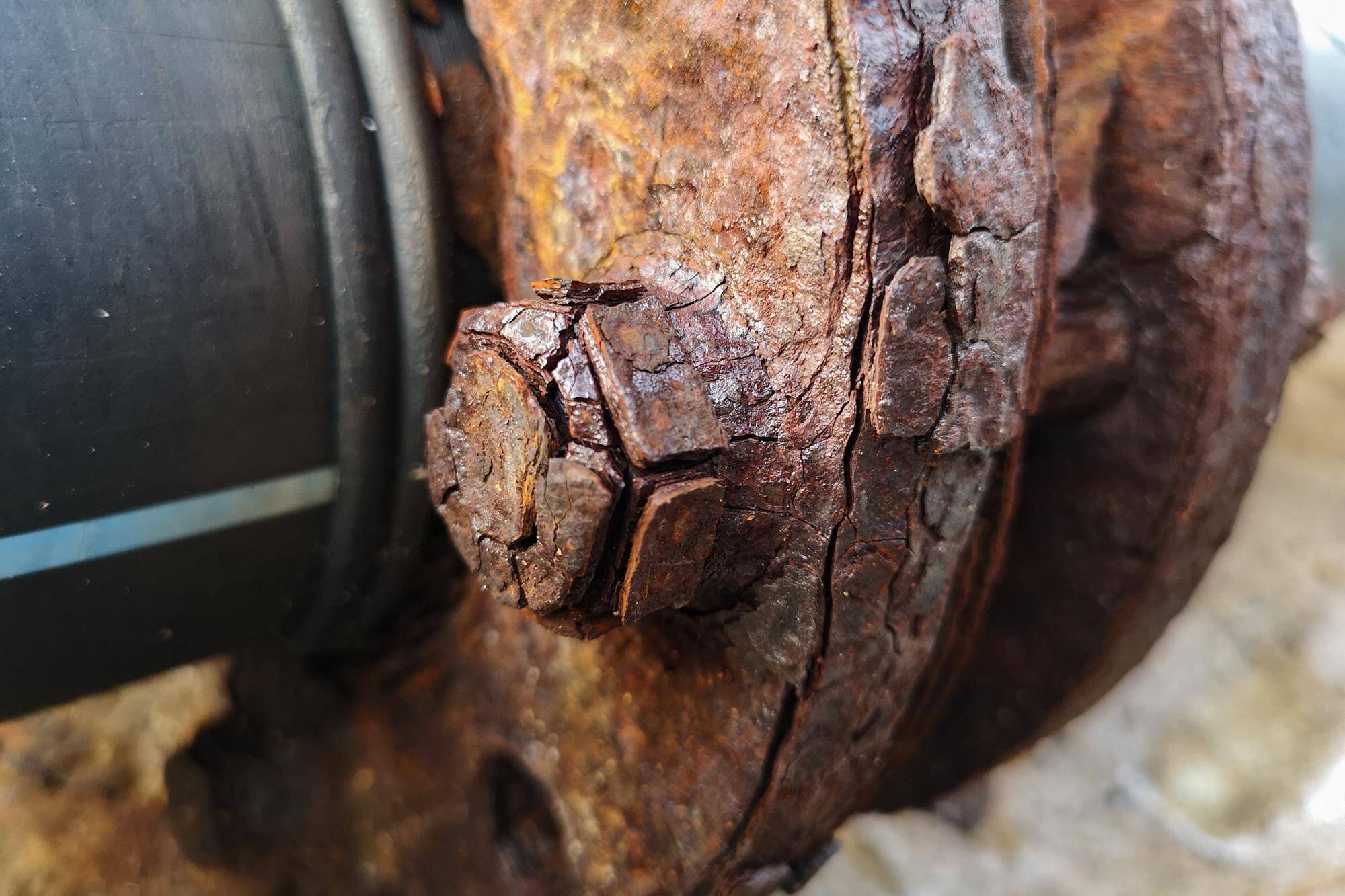

Ideas and Tips
The Alchemy Of Rust Restoration Techniques
Published: October 19, 2024
Discover effective rust restoration techniques, from mechanical and chemical removal to innovative prevention methods, ensuring your metal assets stay pristine.
(Many of the links in this article redirect to a specific reviewed product. Your purchase of these products through affiliate links helps to generate commission for Storables.com, at no extra cost. Learn more)
Rust, the unsightly and often destructive byproduct of iron's interaction with oxygen and moisture, has long been a nemesis for homeowners, car enthusiasts, and industrialists alike. However, with the advent of advanced rust removal techniques and materials, the art of restoring iron to its former glory has become a fascinating and rewarding endeavor. In this article, we will delve into the world of rust restoration, exploring the science behind rust formation, the tools and methods used to remove it, and the latest innovations in rust prevention.
The Science of Rust Formation
Rust forms when iron reacts with oxygen and moisture, creating iron oxide. This process, known as oxidation, speeds up with humidity, salt in the air, and the presence of certain metals like copper. To see this in action, imagine an experiment with iron nails in different conditions. One nail sits in deionized water, exposed to both oxygen and moisture. Another nail is in boiled deionized water with oil on top, blocking air. A third nail is in a saltwater solution, where salt speeds up rusting. The nail in water and air rusts fastest, proving oxygen and moisture are key to rust formation.
Read more: The Alchemy Of Concrete Countertop Creation
Tools and Methods for Removing Rust
Removing rust can be a challenging task, but with the right tools and techniques, it can be done effectively. Here are some common methods used in various settings:
Mechanical Removal
Mechanical removal involves using tools to physically remove rust from the surface of the metal. This method is often used for removing loose rust and preparing the surface for further treatment.
- Wire Brushes: Wire brushes are commonly used to scrub away loose rust. They come in different sizes and types, with some being more aggressive than others.
- Sandpaper: Sandpaper is another tool used for mechanical removal. It comes in various grits, with coarser grits being used for initial removal and finer grits for smoothing out the surface.
- Grinders and Sandblasters: For more extensive rust removal, grinders and sandblasters are employed. These tools use abrasive materials to blast away rust, leaving the metal surface clean and ready for further treatment.
Chemical Removal
Chemical removal involves using specialized solutions to dissolve and remove rust. This method is often preferred because it can be more efficient and less labor-intensive than mechanical removal.
- Evapo-Rust: Evapo-Rust is a popular non-toxic, non-corrosive water-based solution that contains no acids, bases, or petroleum solvents. It works by selective chelation, bonding to oxidized iron rather than dissolving it like acidic formulas do. This makes it an effective yet safe solution for rust removal.
- Rust Removers: There are various commercial rust removers available in the market, each with its own set of instructions and recommended usage times. These solutions typically need to be left on the affected area for a specified period before being rinsed off.
Additional Techniques
In addition to mechanical and chemical removal methods, there are several other techniques that can be employed depending on the severity of the rust and the type of metal involved.
- Soaking: For severe rust cases where the metal is heavily corroded, soaking the part in a rust remover solution can be effective. This method allows the solution to penetrate deep into the metal, breaking down the rust from within.
- Heat Treatment: Applying heat can sometimes help loosen rust, making it easier to remove. However, this method should be used with caution as excessive heat can damage certain metals.
Read more: The Alchemy Of Metallic Paint Finishes
Case Studies: Classic Car Restoration
Classic car restoration is an excellent example of how advanced rust removal techniques are applied in real-world scenarios. Here’s a step-by-step guide on how to get rid of rust safely from a classic car:
Steps to Remove Rust from Classic Cars
-
Gather Supplies:
- Basic supplies include sandpaper, wire brushes, rust remover, a grinder, a sandblaster, and protective gear like gloves and goggles.
-
Identify the Damage:
- Inspect the car thoroughly to identify all parts affected by rust and estimate how long it will take to complete the work.
-
Clean the Area:
- Use a degreaser or soap and water to clean the area surrounding the rust. This helps car repair experts see the extent of the damage clearly.
-
Remove Loose Rust:
- Use wire brushes or sandpaper to remove loose rust from the car’s surface. Start with coarse sandpaper and progress to finer grits for smoothing out the surface.
-
Apply Rust Remover:
- Once a good portion of the rust has been removed using aggressive tools, apply a rust remover solution according to its instructions. Leave it on for the recommended time to allow it to work effectively.
-
Scrub and Rinse:
- After the rust remover has dried, scrub any remaining stubborn rust with a brush or scouring pad. Rinse thoroughly with clean water several times until all residue is gone.
-
Apply Primer and Paint:
- Finally, protect the treated area from premature damage by applying a rust-inhibiting primer followed by painting with appropriate colors to match the rest of the car’s body.
Innovations in Rust Prevention
Preventing rust from forming in the first place is often more efficient than removing it after it has formed. Here are some innovative methods used for rust prevention:
Protective Coatings
- Paint: Applying paint is one of the most common methods for preventing rust. Modern paints contain additives that inhibit rust formation.
- Grease and Oil: Applying grease or oil to metal surfaces can prevent rust by creating a barrier between the metal and oxygen.
- Plastic Coatings: Plastic coatings like polyurethane or epoxy can provide an additional layer of protection against moisture and oxygen.
Advanced Materials
- Stainless Steel: Using stainless steel instead of regular iron can significantly reduce the risk of rusting.
- Galvanized Steel: Galvanized steel has a protective zinc coating that prevents rusting by creating an impermeable barrier between the steel and oxygen.
- Ceramic Coatings: Ceramic coatings are increasingly being used due to their durability and ability to prevent moisture from reaching the metal surface.
Conclusion
Rust restoration is an art that combines science, technique, and patience. From understanding the chemistry behind rust formation to employing advanced tools and methods for removal, each step requires careful consideration. Whether you're restoring a classic car or maintaining industrial equipment, knowing how to remove rust effectively is crucial for preserving the integrity of your metal assets.
Innovations in rust prevention offer promising solutions for reducing the need for extensive removal processes in the future. By applying protective coatings, using advanced materials like stainless steel or galvanized steel, and employing ceramic coatings, we can significantly minimize the occurrence of rust.
In conclusion, mastering the alchemy of rust restoration techniques not only enhances our understanding of chemical reactions but also provides practical solutions for preserving our metal heritage—whether it's an antique car or an industrial machine—ensuring they remain functional and beautiful for generations to come.
Additional Tips
- Regular Maintenance: Regularly inspecting metal surfaces for signs of rust can help prevent extensive damage.
- Storage Conditions: Storing metal items in dry environments with minimal exposure to moisture can significantly reduce rust formation.
- Cleaning: Regular cleaning with degreasers or soap can help remove dirt that might contribute to rust formation.
By combining these tips with advanced rust removal techniques and preventive measures, we can ensure that our metal assets remain in pristine condition—free from the destructive power of rust.
Was this page helpful?
At Storables.com, we guarantee accurate and reliable information. Our content, validated by Expert Board Contributors, is crafted following stringent Editorial Policies. We're committed to providing you with well-researched, expert-backed insights for all your informational needs.
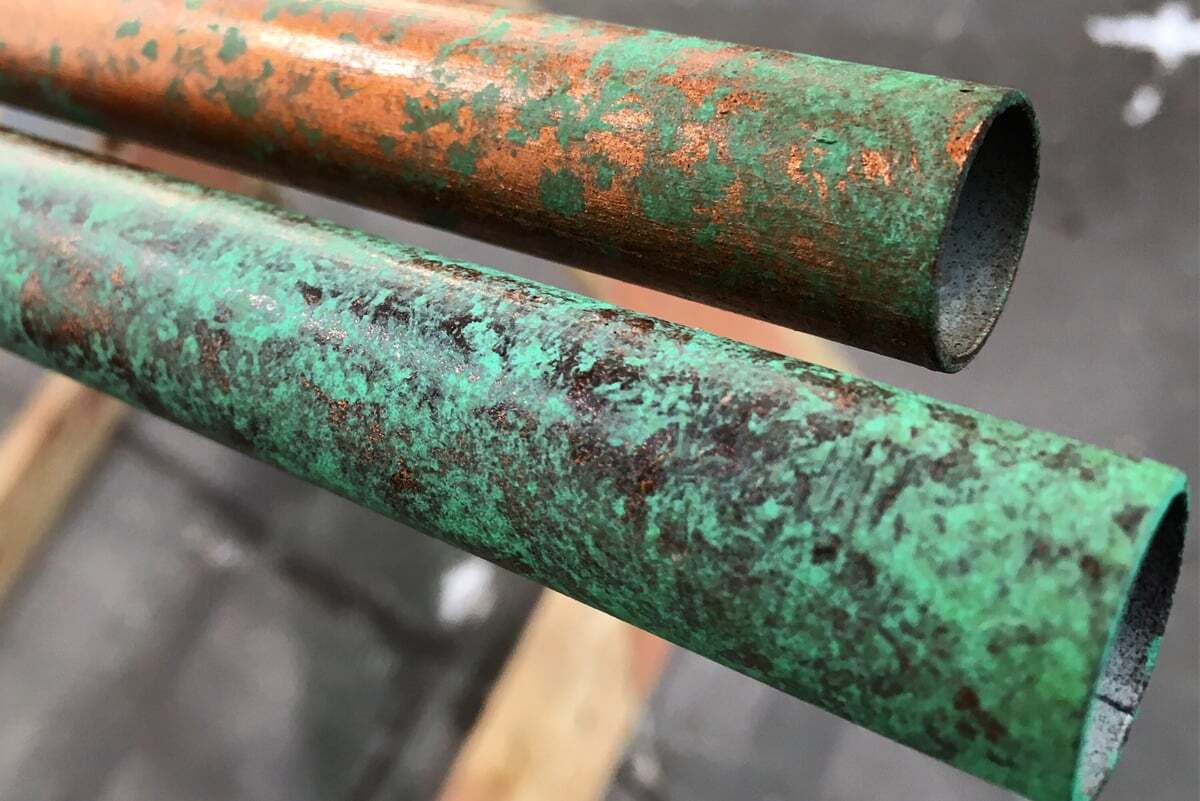
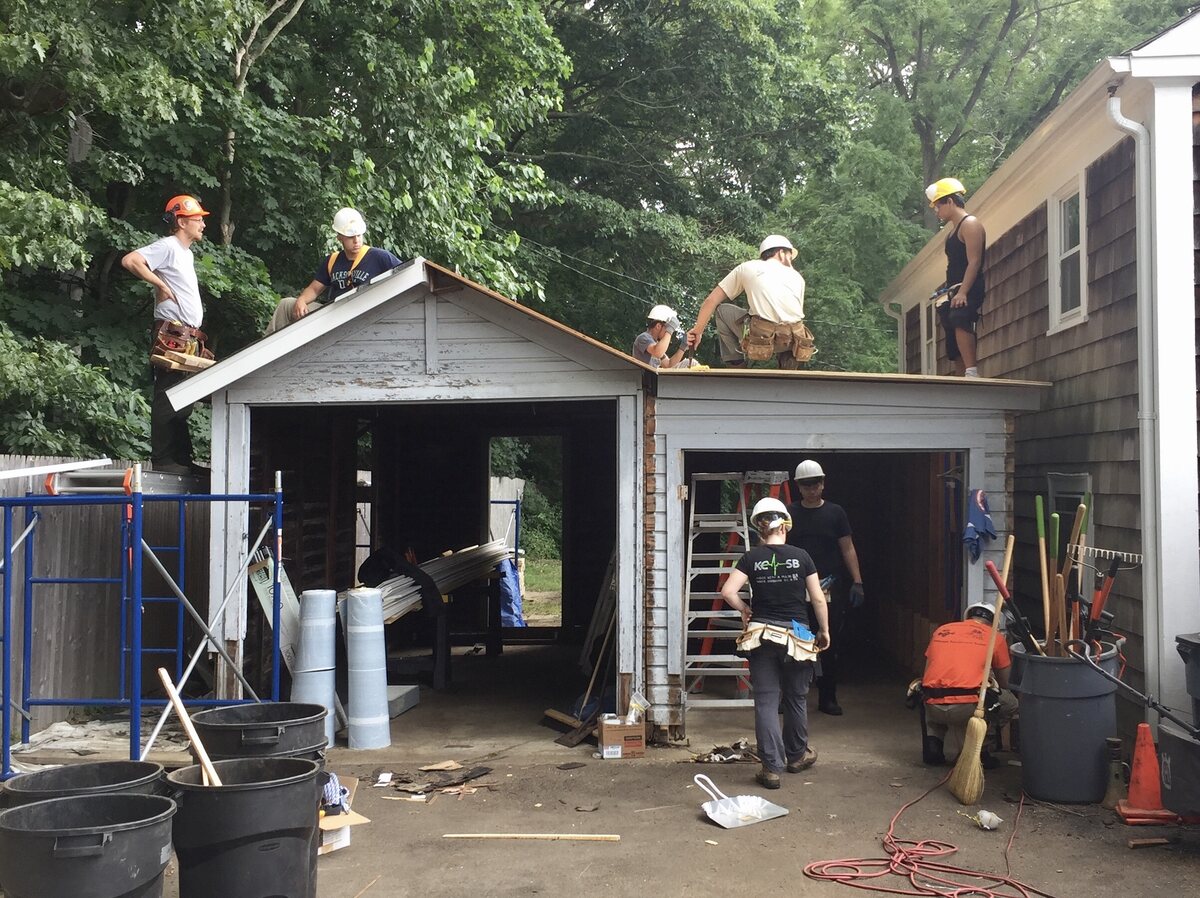

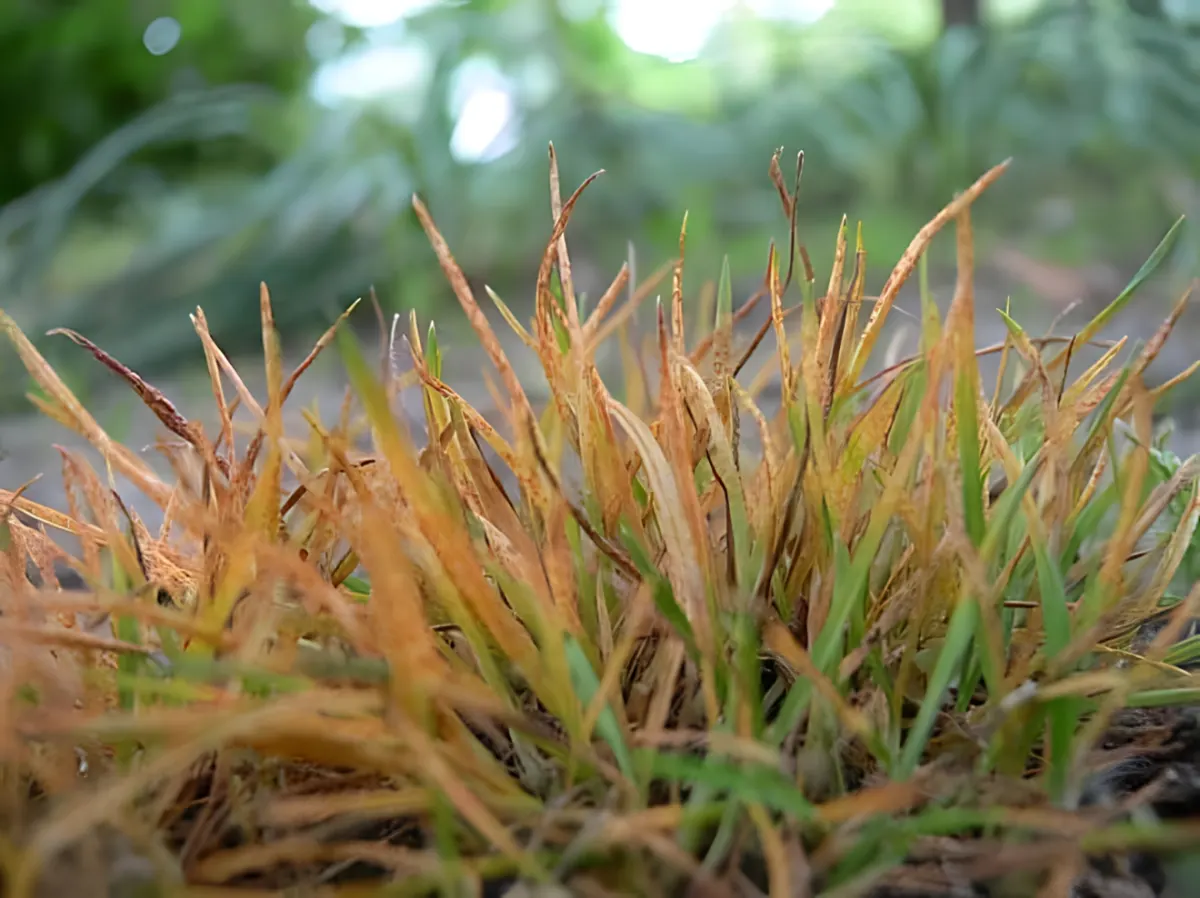
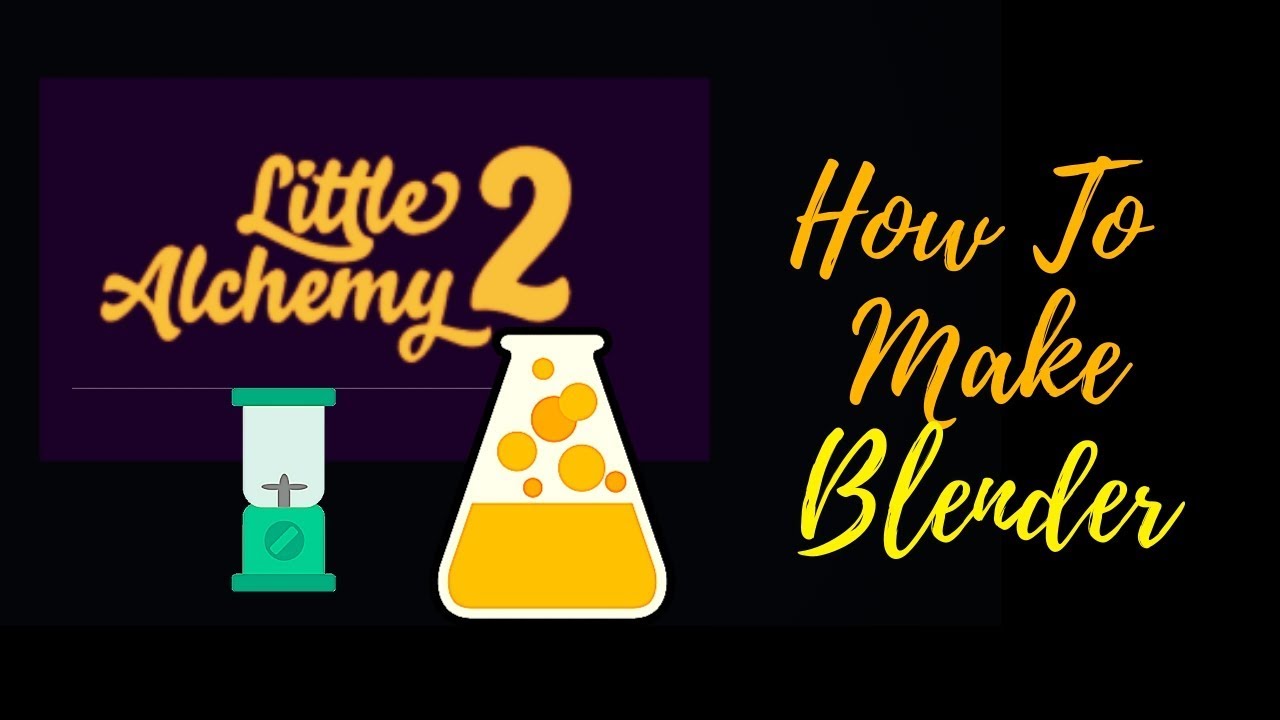
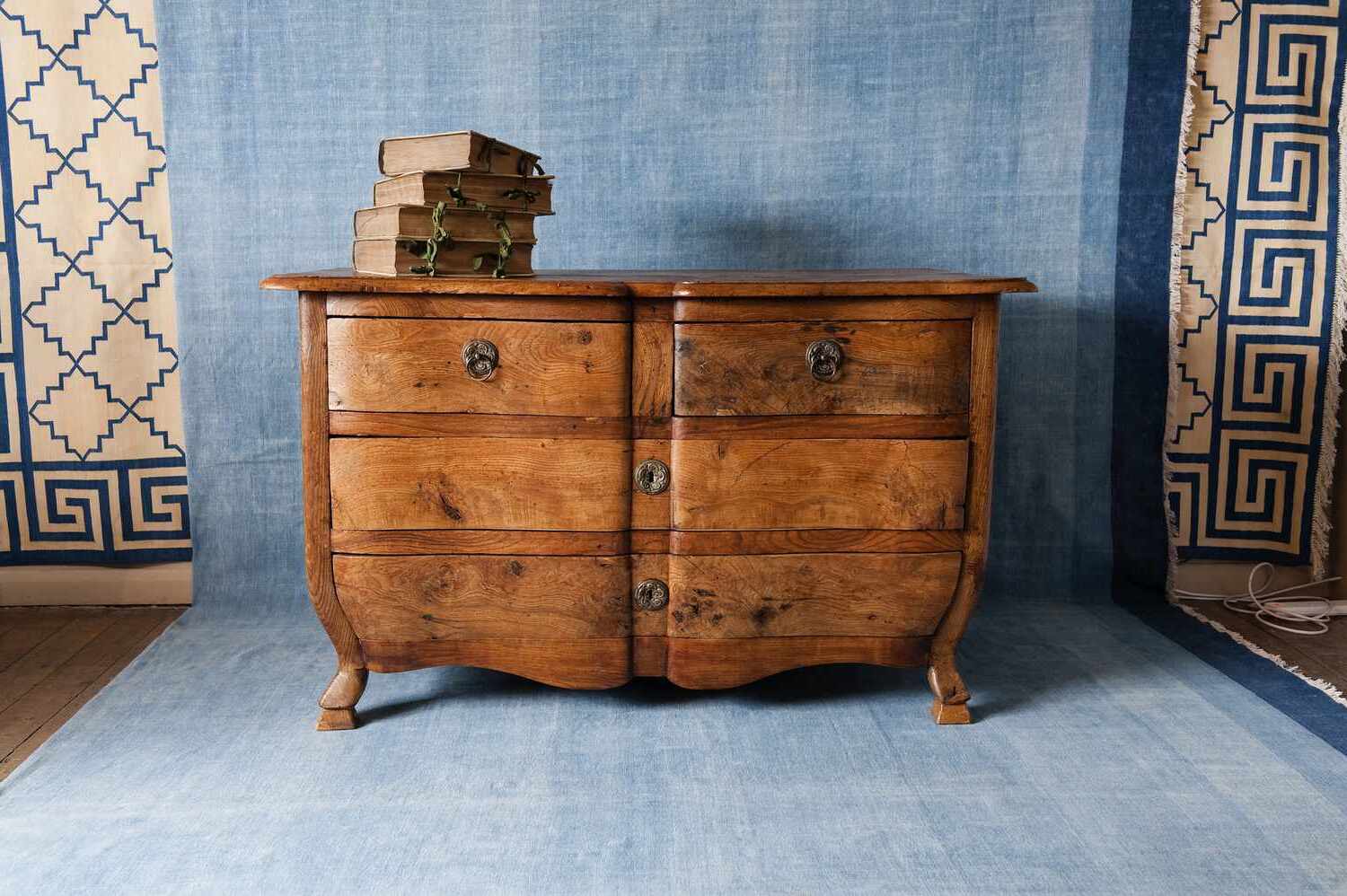
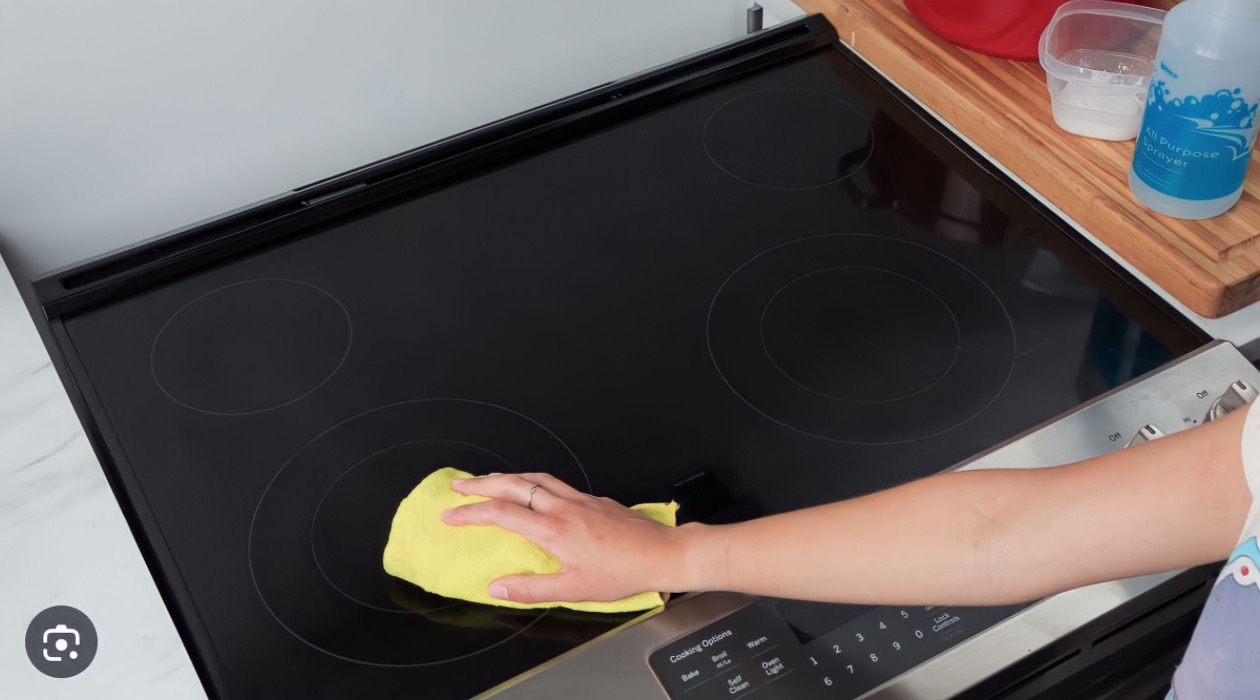
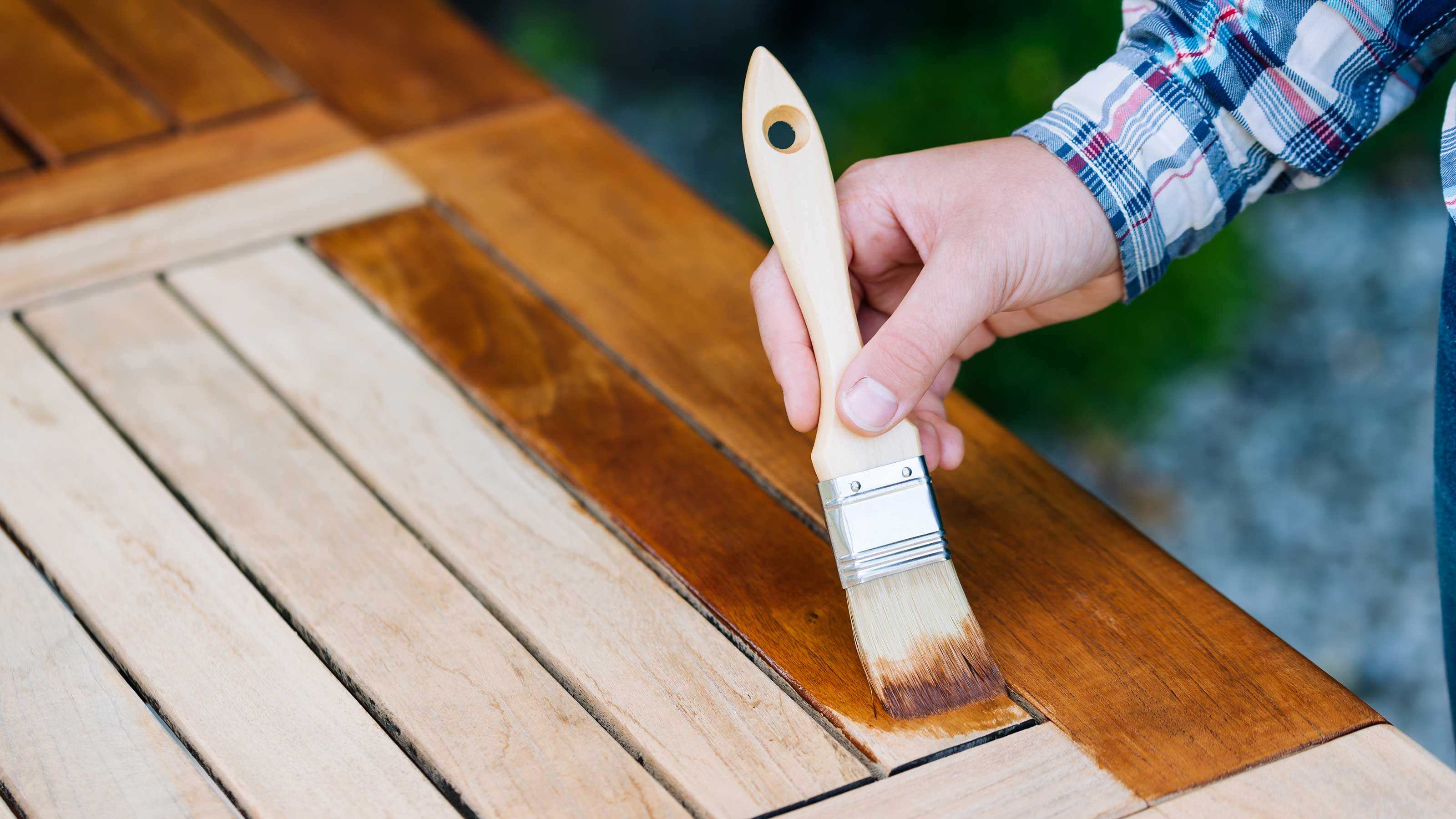
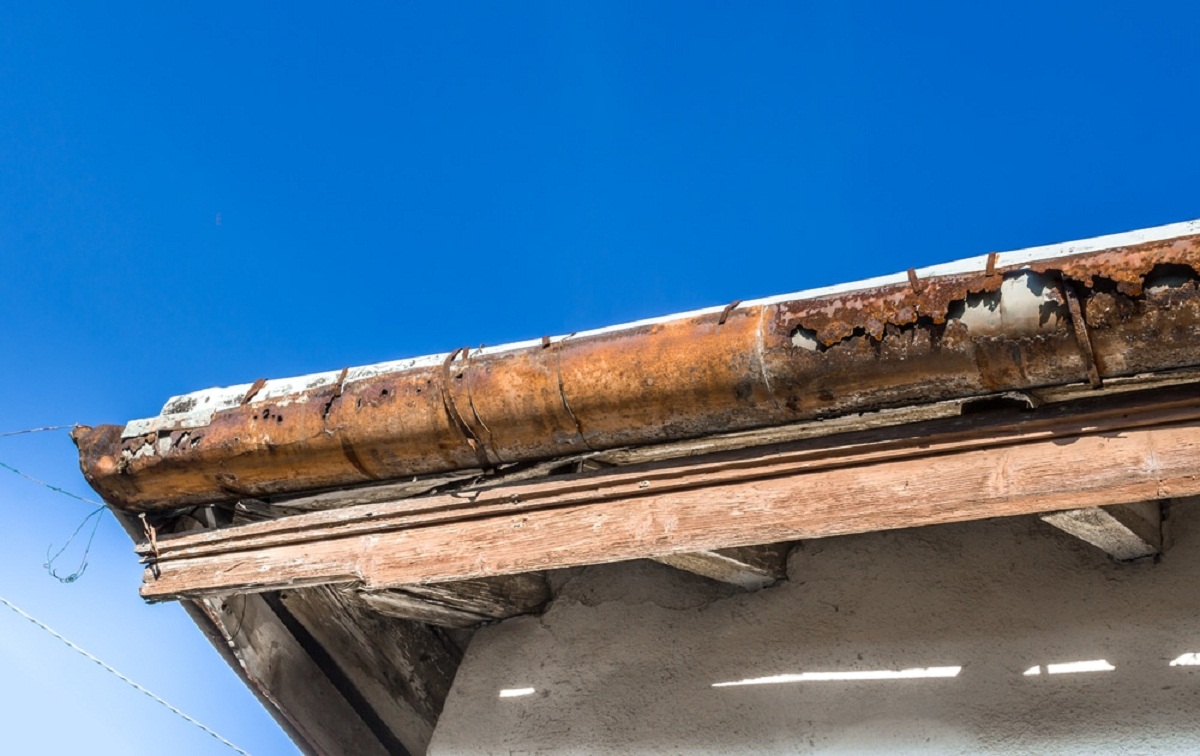
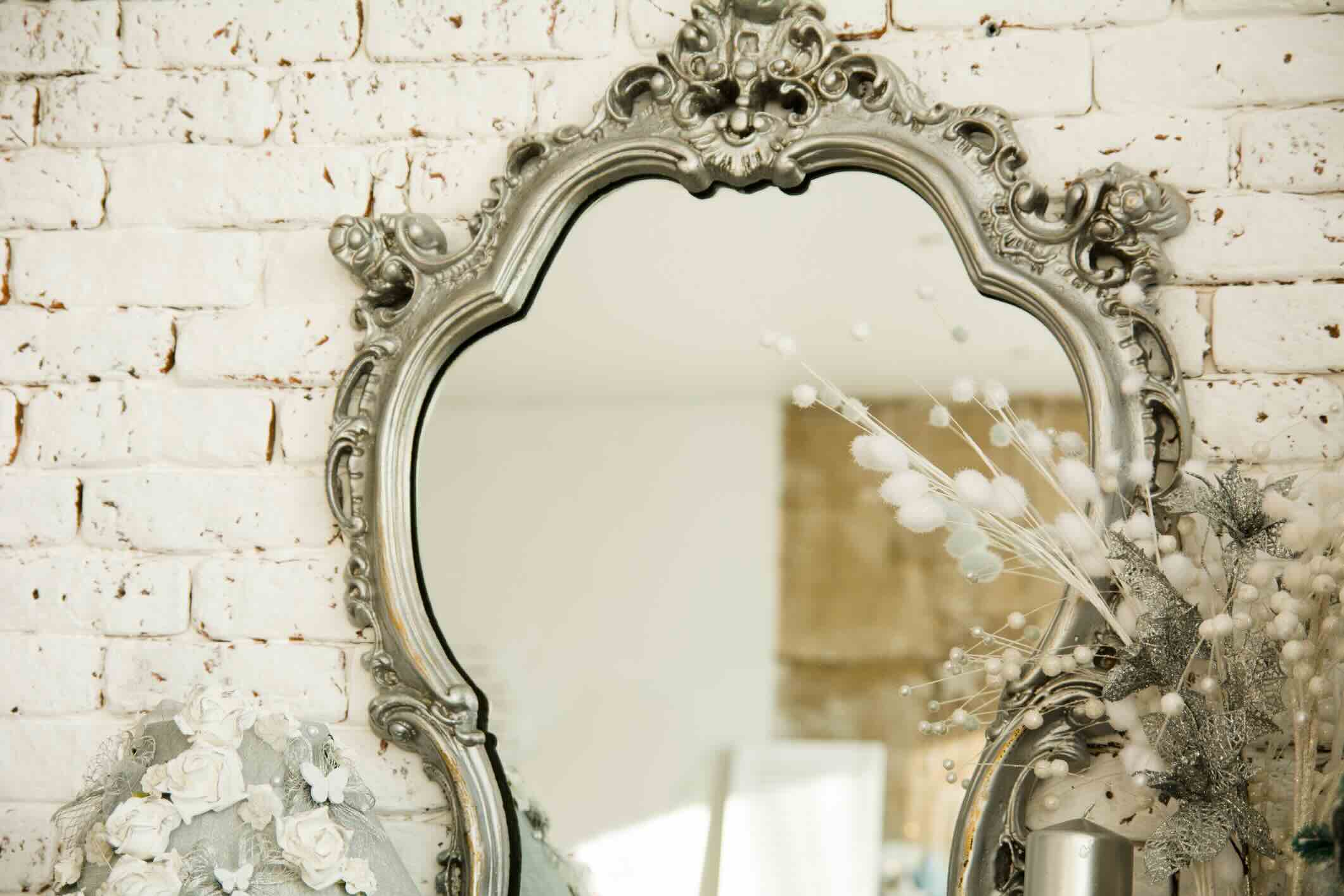
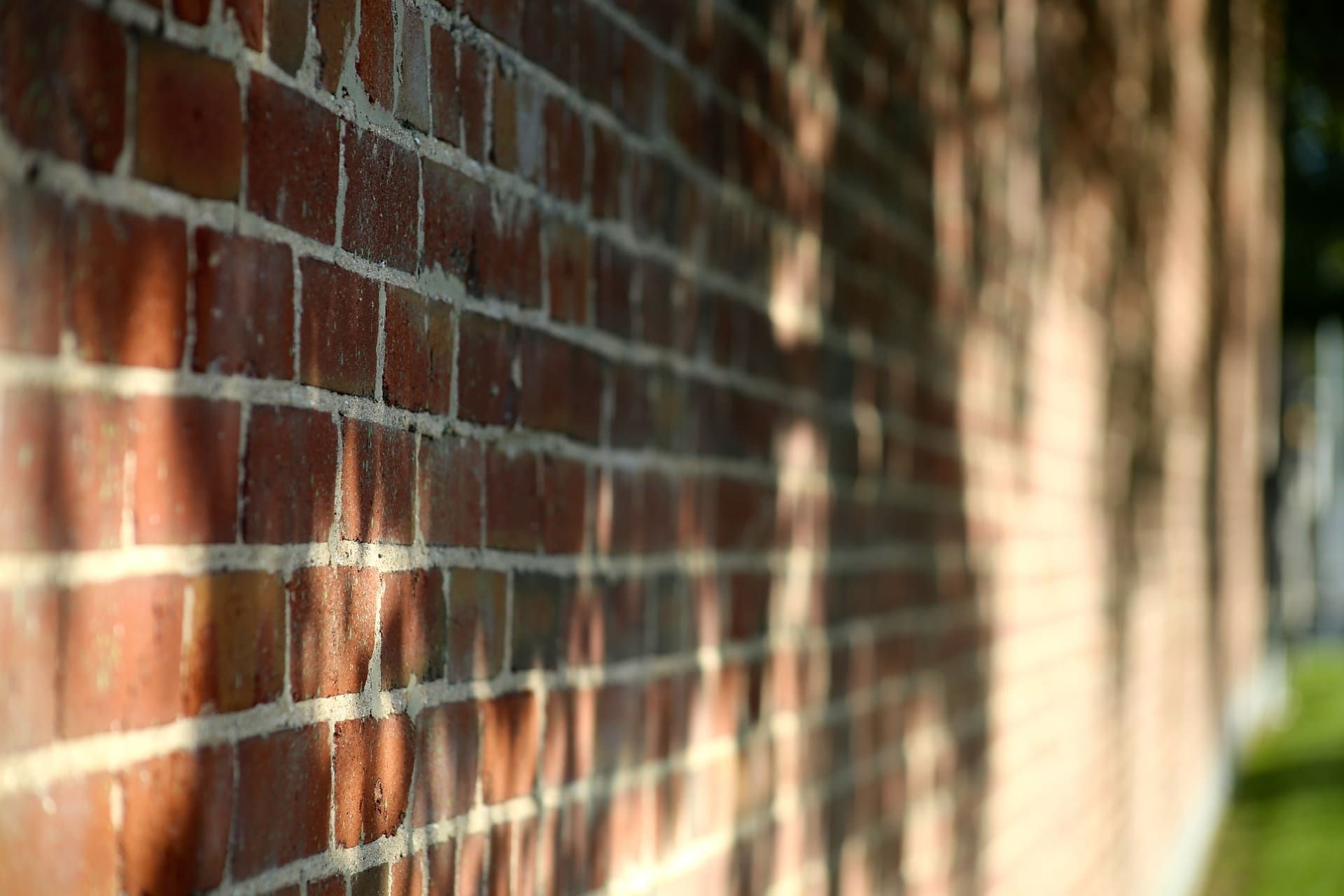
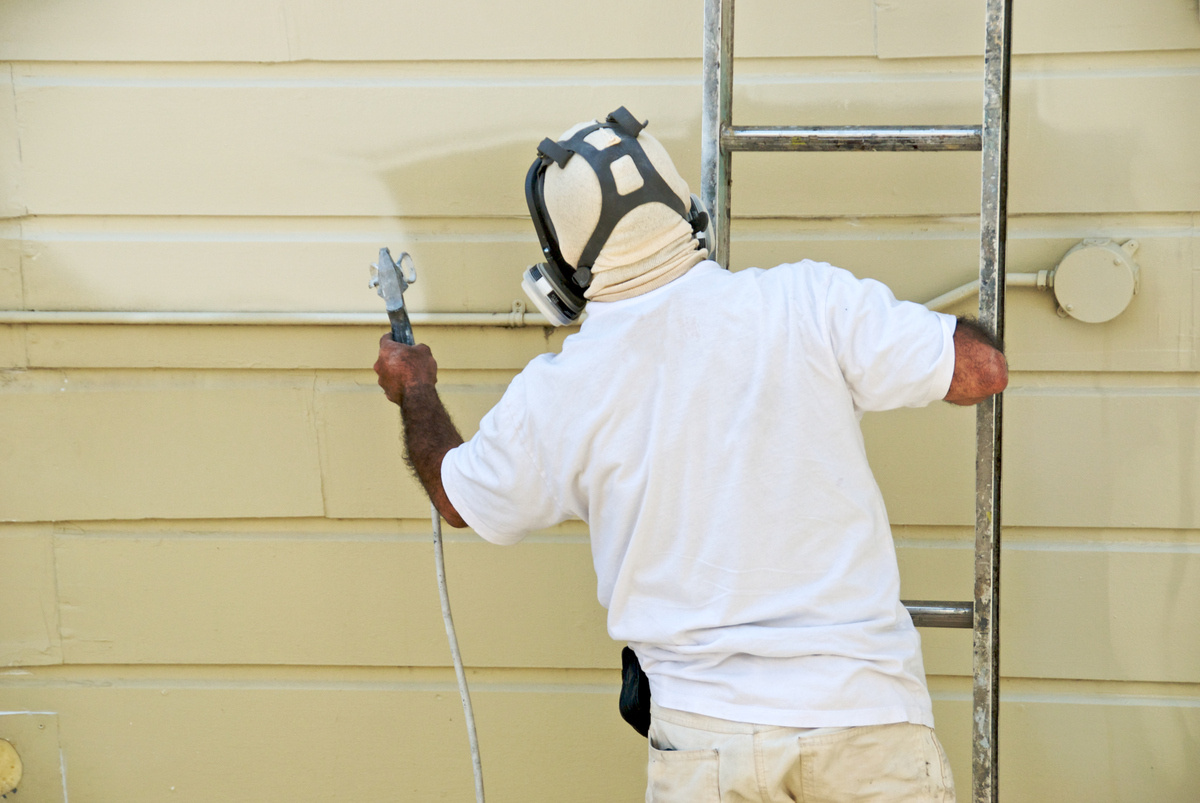
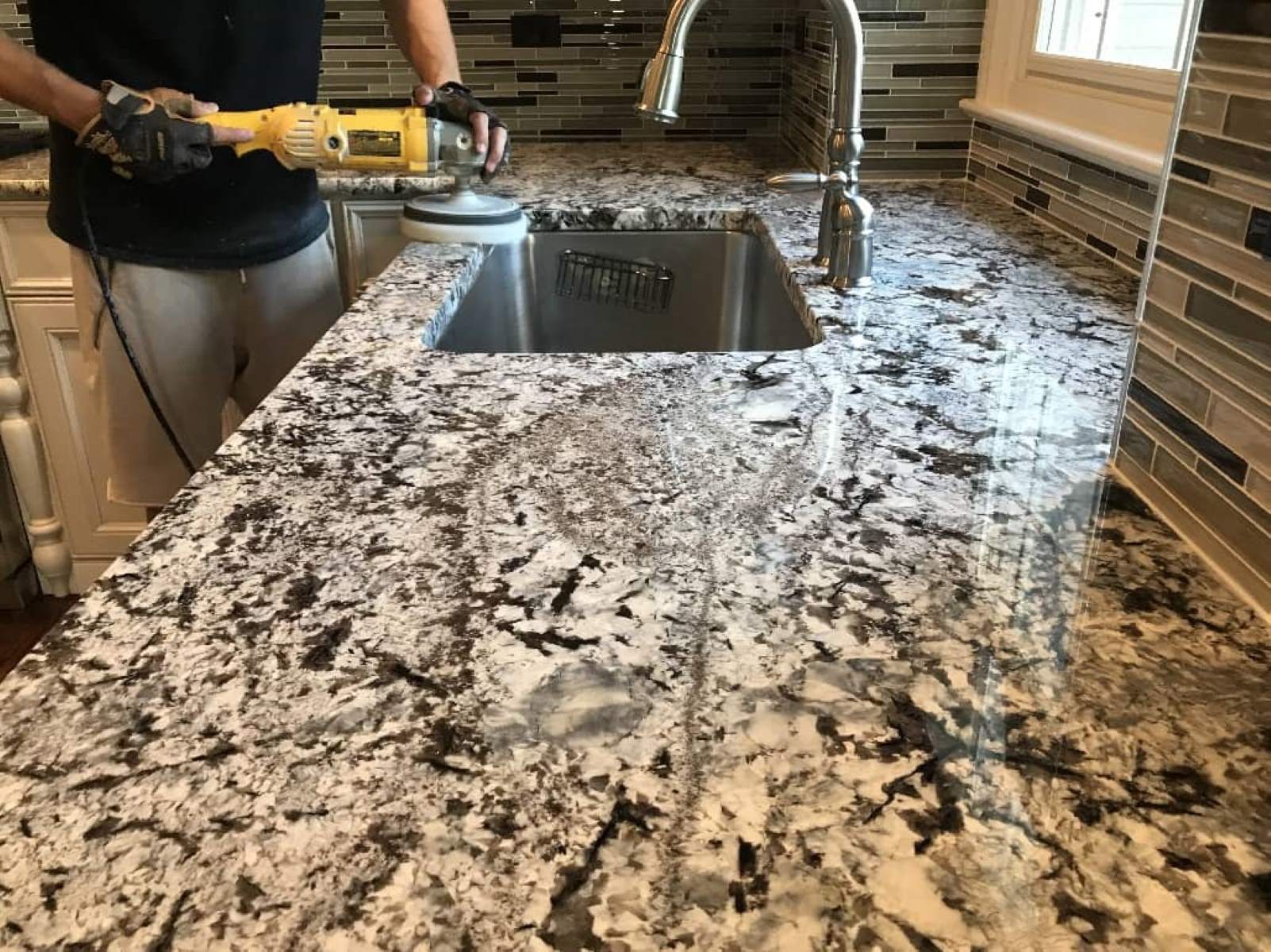

0 thoughts on “The Alchemy Of Rust Restoration Techniques”